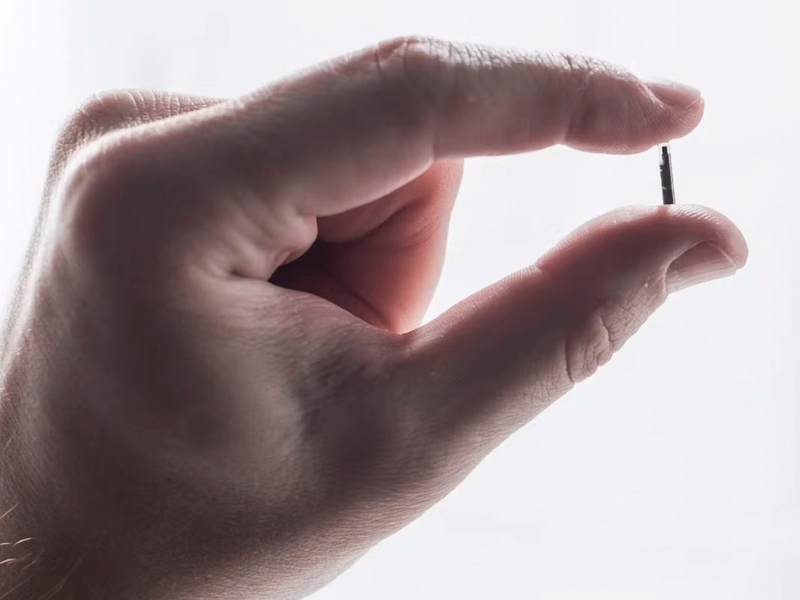Impli and Yalosys develop fertility monitoring implant with CSEM
Root LU - Impli has developed a tiny, implantable biosensor to monitor fertility hormones in real time. It aims to help women on the path to becoming pregnant during assisted reproduction. CSEM and Yalosys are honing the sensor until clinical testing starts in 2025.
The two start-ups Impli, with headquarters at Technopark Luzern in the Swiss canton of Lucerne, and Yalosys from the canton of Zug have announced an implantable biosensor for reproductive medicine together with the technology innovation center CSEM from Neuenburg. The sensor is called CERES and it enables real-time monitoring of fertility hormones.
According to a press release from CSEM, CERES, a 21-month project supported by Innosuisse, analyzes subcutaneous interstitial fluid for 30 days and reports hormone levels in real time via its electrochemical technology. In this way, the tiny sensor to be worn under the skin aims to help women who wish to have children and are undergoing fertility treatment by sparing them from multiple clinic visits per week, shortening the often long and grueling cycles before pregnancy, and leading to much more frequent success, for example during in-vitro fertilization (IVF).
Anna Luisa Schaffgotsch, Founder and CEO of Impli, where the biosensor was developed, stated: “This is a quantum leap versus invasive blood samples.” The company founded by Schaffgotsch in London in 2019 expanded into Switzerland in 2022, where its headquarters are located at Technopark Luzern in Root.
Schaffgotsch explained: “CERES delivers a data stream with unprecedented resolution that is also not subject to the false fluctuations that may arise from blood or urine levels.” She added that this represents “decisive progress in hormone measurement precision.” CERES will now be refined and further developed by CSEM and Yalosys, a startup specializing in laser microprocessing solutions in cleanroom environments, so that it is ready for clinical testing in 2025.

